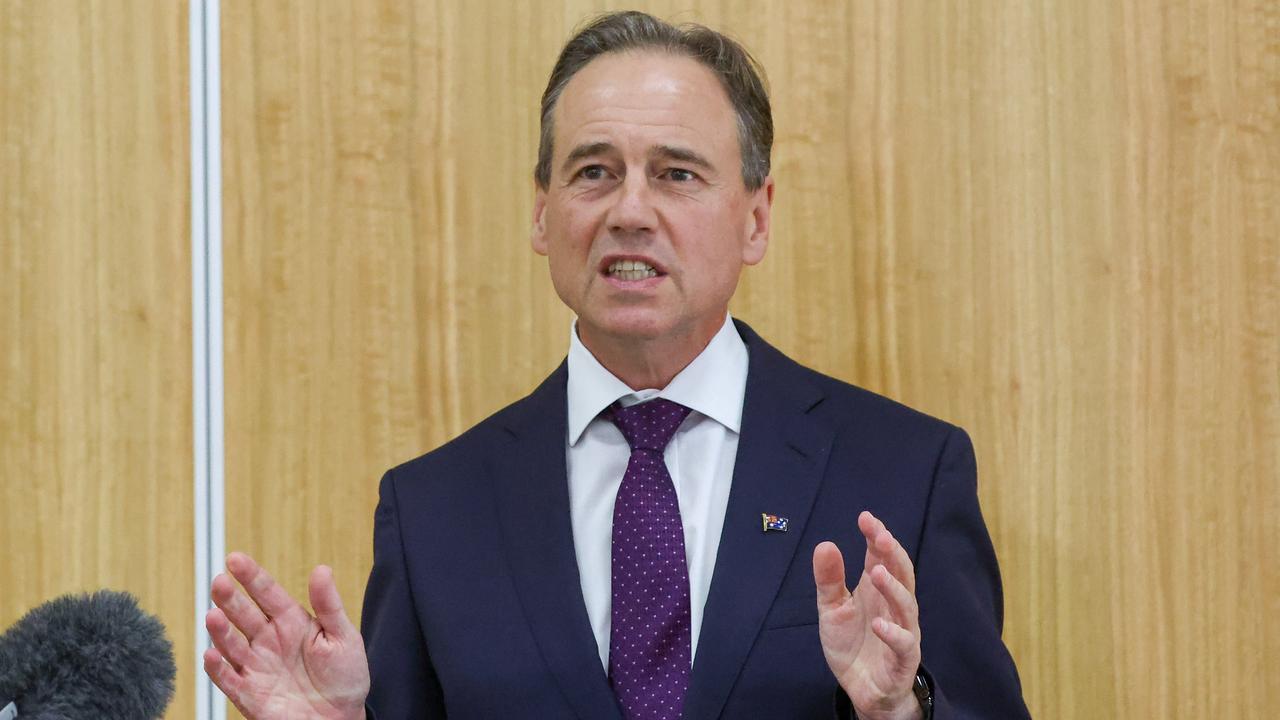Coronavirus: Beauty out of bounds as national treasures await our return
Our natural sights with their wondrous vistas are going to waste as operators wait for the tourists to come back.
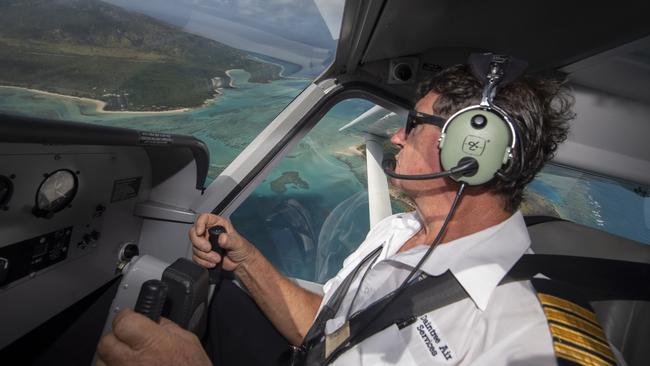
They’ve hit the sweet spot in tropical Australia and the vast, parched interior. The sun has lost its bite, the mornings are cool and crisp.
Beyond the COVID line that splits Cape York Peninsula, the warm waters of the Great Barrier Reef are so glassy that Daintree Air chief pilot Greg Letondeur can see through the coral to the sandy sea floor.
Instead of flying holidaymakers to the shuttered $1000-a-night Lizard Island Resort he is ferrying essential workers to a mine site, counting down the days until coronavirus eases its iron grip on national life.
Hopefully, this will be by June 30, while there is still a tourist season to salvage. “Look at that,” Mr Letondeur said, swinging the aircraft over Lizard Island’s reef-fringed Blue Lagoon. “The … new corals are that bright you need sunglasses on. That reef is going to be exquisite because no one has been there in months.”
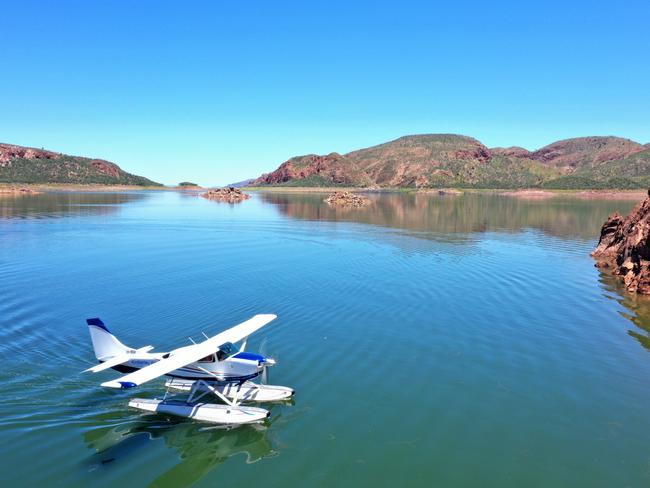
From Kakadu to the Kimberley, the skifields of the Snowy Mountains to the Twelve Apostles on Victoria’s surf coast, our natural wonders have never looked so good, burnished by a change of season and the breather delivered by the disease emergency.
With international visitors locked out and Australians largely locked down at home by coronavirus, tourist operators are trying to stay afloat until the crisis passes.
But what a waste it was of a magical time of year, Mr Letondeur sighed, taking The Weekend Australian along for the extended ride from Cooktown to Lizard Island and back across the dazzling seascape.
After circling the mothballed resort, we track to No 10 Ribbon Reef, on the outer edge of the Great Barrier Reef. The ocean side is pounded by 6m breakers that roll out of the Coral Sea and expend their force in a frothing fury on the coral outcrop; swim for five minutes — if you could — and the ocean depth would plunge to nearly 4000m. On the other side, the water is calm and inviting, less than 70m deep.
At Endeavour Reef, where Captain James Cook came to grief in June 1770, nearly ending in disaster his historic voyage of discovery, rainbow-coloured fish are so plentiful they can be seen from the air. The 18km-long sweep of Batt Reef seems to stretch all the way to a shimmering horizon.
People would pay $800 for a day trip to Lizard Island and to see this vista, and nearly twice that to fly with Mr Letondeur to the tip of Cape York, now locked down in a biosecurity zone starting near the indigenous community of Wujal Wujal, 160km north of Cairns, and covering 210,000sq km.
“Over 40 years I have built a good business and a lot of that has disappeared in three months,” the veteran pilot said. “Life is tough, mate, but you have just got to take the good with the bad. You keep your bum up and keep at it.”
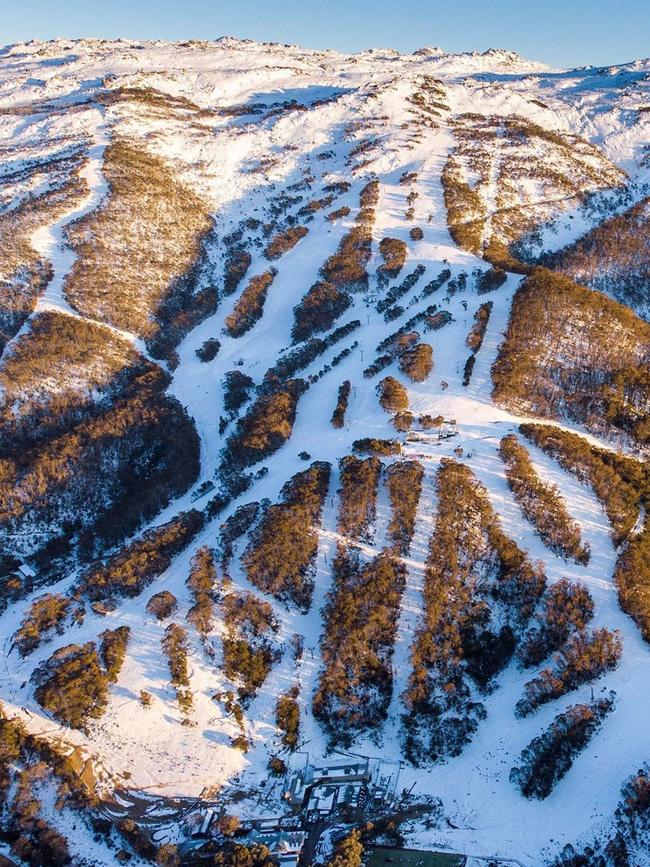
For now, he has based himself above the COVID line in Cooktown, to grab what business he can flying people between quarantined indigenous communities and essential staff to the pared-back mines. Like the locals, he is hoping Lizard Island is on target to reopen at the end of next month, delivering a boost to northern tourism, with its international profile and celebrity clientele.
At Kati Thanda-Lake Eyre, about 1470km northwest of Sydney, the last of the floodwater that came down the great inland rivers from north Queensland last year has pooled in Belt Bay, exposing an expanse of crystalline salt bed.
What a sight it makes from the air. What a pity South Australian bush pilot Trevor Wright has no passengers to share it with: he hasn’t had a customer in nearly two months and his busiest time of the year has devolved into long, lazy days of maintenance around home base at William Creek.
The pub should be jumping, its adjoining campground and caravan park packed. Last season, Mr Wright hired 45 pilots to fly tourists over the lake. Now he’s down to three, and they’re mostly just repainting the dusty buildings dotted around the only street.
“It’s decimated us,” Mr Wright said. “The whole of the outback is basically dead, and we’re coming into what should be our peak months. But we still have to carry our overheads … you can’t turn out the lights, the generators still have to run.”
This was supposed to be the year Michelle Low Mow and her team at Adels Grove in northwest Queensland’s Gulf Country rebounded from a disastrous fire last July, which destroyed the resort’s main building and kitchen.
Coronavirus put paid to that. Adels Grove is as lush as the name suggests, gateway to the serene beauty of Lawn Hill Gorge and the World Heritage-listed Riversleigh fossil field. But the normally busy stopover is overlapped by another of the virus biosecurity zones protecting vulnerable indigenous populations in north Queensland, the Top End and regional Western Australia.
The overland route it straddles to and from Darwin is as empty as Ms Low Mow’s cash register when grey nomads, families and tour groups should be thick on the ground.
“The weather is just fantastic,” Ms Low Mow said. “This morning the minimum was 19C, very fresh for us, and the maximum is in the low 30s. Normally, we would have people everywhere: it’s a bugger.”
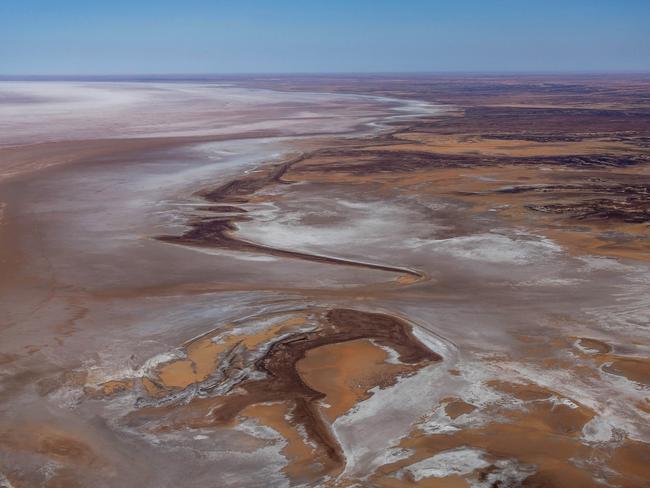
To the west, Kakadu National Park is a picture, fresh and green after the wet. But like King’s Canyon and Uluru, it too is closed.
Inventive couple Leigh and Jaclyn Rawlings have created Kimberley Air Tours from the Couch, after their family business contracted from 14 staff, seven light aircraft and two seaplanes to barely six employees.
At $25 a go, they offer a virtual flight with the internet in the pilot’s seat and Mr Rawlings as guide, taking in the attractions of the Argyle pink diamond mine and the stark beehive-like protrusions of the Bungle Bungle Range.
Only in an Australian winter would there be the choice of sunbaking on a tropical beach or skiing in the alpine reaches of NSW and Victoria. After early blizzards dumped half a metre of snow on the skifields last week, a bumper season could be in the offing if COVID-19 distancing measures continue to be wound back.
The Thredbo resort in NSW said it was continuing to plan for 2020 operations, though it couldn’t point to a start date. “It’s an ever-evolving situation and we’re constantly monitoring the developments,” the company posted.
Organised whale watching is also on hold on the eastern and western seaboards. But Elisha Kissick, of North Stradbroke Island’s Quandamooka Yoolooburrabee Aboriginal Corporation, said the hope was to run tour boats from the Brisbane CBD in time for the arrival of migrating humpbacks.
Additional reporting: Victoria Laurie



